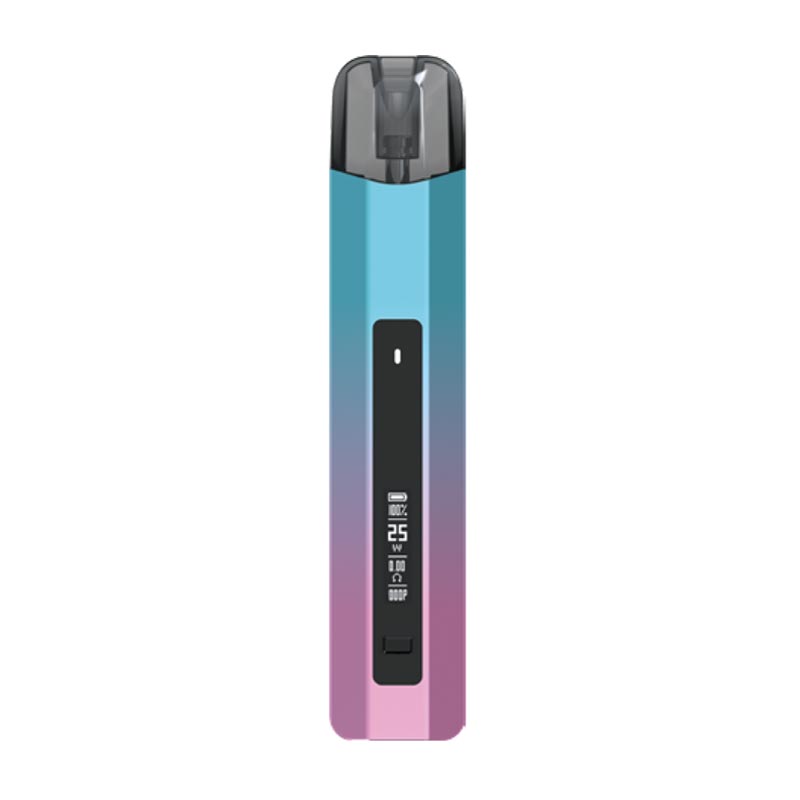Packaging is more than just a means of protecting and presenting products. It is a powerful tool for branding and creating a lasting impression on consumers. Effective packaging design can elevate your product’s image, differentiate it from competitors, and enhance brand recognition. In this article, we will explore the importance of branding with packaging and provide valuable insights on how to create impactful packaging that resonates with your target audience. From design elements to practical considerations, we will guide you on leveraging packaging to build a strong brand presence.
Table of Contents
| Heading |
|---|
| 1. The Power of Branding with Packaging |
| 2. Creating a Memorable Packaging Design |
| 3. Consistency and Cohesion in Branding Elements |
| 4. Aligning Packaging with Target Audience |
| 5. Practical Considerations for Packaging Design |
| 6. Sustainable Packaging: A Branding Opportunity |
| 7. Frequently Asked Questions (FAQs) |
| 8. Conclusion |
1. The Power of Branding with Packaging
Packaging serves as a direct and tangible representation of your brand. It is often the first point of contact between consumers and your product. Effective branding with packaging can:
- Communicate your brand’s values, personality, and story.
- Differentiate your product from competitors on store shelves.
- Create a memorable and positive brand experience.
- Enhance brand recognition and recall.
- Convey quality and build trust with consumers.
2. Creating a Memorable Packaging Design
To create a memorable packaging design, consider the following elements:
a. Visual Impact
Make your packaging visually appealing and eye-catching. Use colors, typography, and graphics that align with your brand identity and product. Consider the emotional response you want to evoke in your target audience and design accordingly.
b. Unique and Distinctive
Differentiate your packaging from competitors by developing a unique and distinctive design. Stand out on store shelves with creative shapes, innovative materials, or unconventional layouts. Ensure that your packaging design is cohesive with your brand’s overall aesthetic.
c. Storytelling
Tell a story through your packaging design. Use imagery, symbols, or text that conveys the essence of your brand and product. Connect with consumers on an emotional level and create a sense of connection and authenticity.
d. Functionality
Remember that packaging should not only be visually appealing but also functional. Consider the practical aspects such as ease of use, convenience, and protection of the product. Strive for a balance between aesthetics and functionality.
3. Consistency and Cohesion in Branding Elements
Consistency and cohesion across branding elements are essential for effective packaging. Ensure that your packaging design aligns with your brand’s logo, colors, typography, and overall visual identity. This consistency reinforces brand recognition and helps consumers associate your packaging with your brand.
4. Aligning Packaging with Target Audience
Understanding your target audience is crucial in designing packaging that resonates with them. Research their preferences, demographics, and purchasing behaviors. Consider how your packaging can appeal to their desires, values, and aspirations. By aligning your packaging with your target audience, you can create a connection and build brand loyalty.
5. Practical Considerations for Packaging Design
While aesthetics and branding are important, practical considerations should not be overlooked. Keep the following in mind:
a. Material Selection
Choose packaging materials that align with your brand values and product. Consider factors such as sustainability, durability, and product protection. Eco-friendly and recyclable packaging materials can also enhance your brand’s image and appeal to environmentally conscious consumers.
b. Size and Shape
Optimize the size and shape of your packaging to maximize shelf space, shipping efficiency, and consumer convenience. Consider the storage and transportation requirements of your product and design packaging that meets those needs.
c. Legibility and Clarity
Ensure that all text and information on your packaging are clear, legible, and easy to read. Use appropriate font sizes, contrast, and spacing to enhance readability. Important product details, such as ingredients or usage instructions, should be prominently displayed.
6. Sustainable Packaging: A Branding Opportunity
In today’s environmentally conscious landscape, sustainable packaging is not only an ethical choice but also a branding opportunity. By adopting eco-friendly packaging solutions, you can position your brand as environmentally responsible and appeal to consumers who prioritize sustainability. Consider using recycled materials, minimizing packaging waste, and communicating your sustainability efforts on the packaging.
Frequently Asked Questions (FAQs)
Q: How important is packaging for branding?
Packaging is crucial for branding as it represents your brand’s image and creates a memorable consumer experience. Effective packaging design can differentiate your product, enhance brand recognition, and communicate your brand’s values.
Q: Can packaging influence purchasing decisions?
Yes, packaging plays a significant role in consumer purchasing decisions. Attention-grabbing and appealing packaging can attract consumers, create a positive impression, and influence their perception of the product’s quality.
Q: Should packaging design be consistent across product variations?
Maintaining consistency across product variations is recommended for brand recognition and cohesiveness. Consistent branding elements, such as logo placement, color schemes, and typography, help consumers associate different product variations with your brand.
Q: How can I make my packaging more sustainable?
To make your packaging more sustainable, consider using eco-friendly materials, reducing packaging waste, and adopting recyclable or compostable packaging options. Communicate your sustainability efforts to consumers to enhance your brand’s image.
Q: Should I hire a professional designer for packaging design?
Hiring a professional designer with expertise in packaging design is highly recommended. They can help translate your brand’s vision into impactful packaging, consider practical aspects, and ensure that your packaging aligns with your brand’s identity and target audience.
Conclusion
Packaging is a powerful tool for branding and creating a lasting impression on consumers. By leveraging effective packaging design, you can differentiate your product, enhance brand recognition, and build a strong brand presence. Consider the visual impact, storytelling, and practical considerations when designing packaging. Align your packaging with your target audience and maintain consistency in branding elements. Embrace sustainability as an opportunity to enhance your brand’s image. With strategic branding with packaging, you can elevate your product’s image and leave a lasting impression on consumers. Discover the power of branding with packaging and how it can elevate your product’s image. This article explores the importance of packaging design, branding elements, and tips for creating impactful packaging that resonates with your target audience. Learn how to leverage packaging to build brand recognition and leave a lasting impression.
Read our successful story, Click Here!



